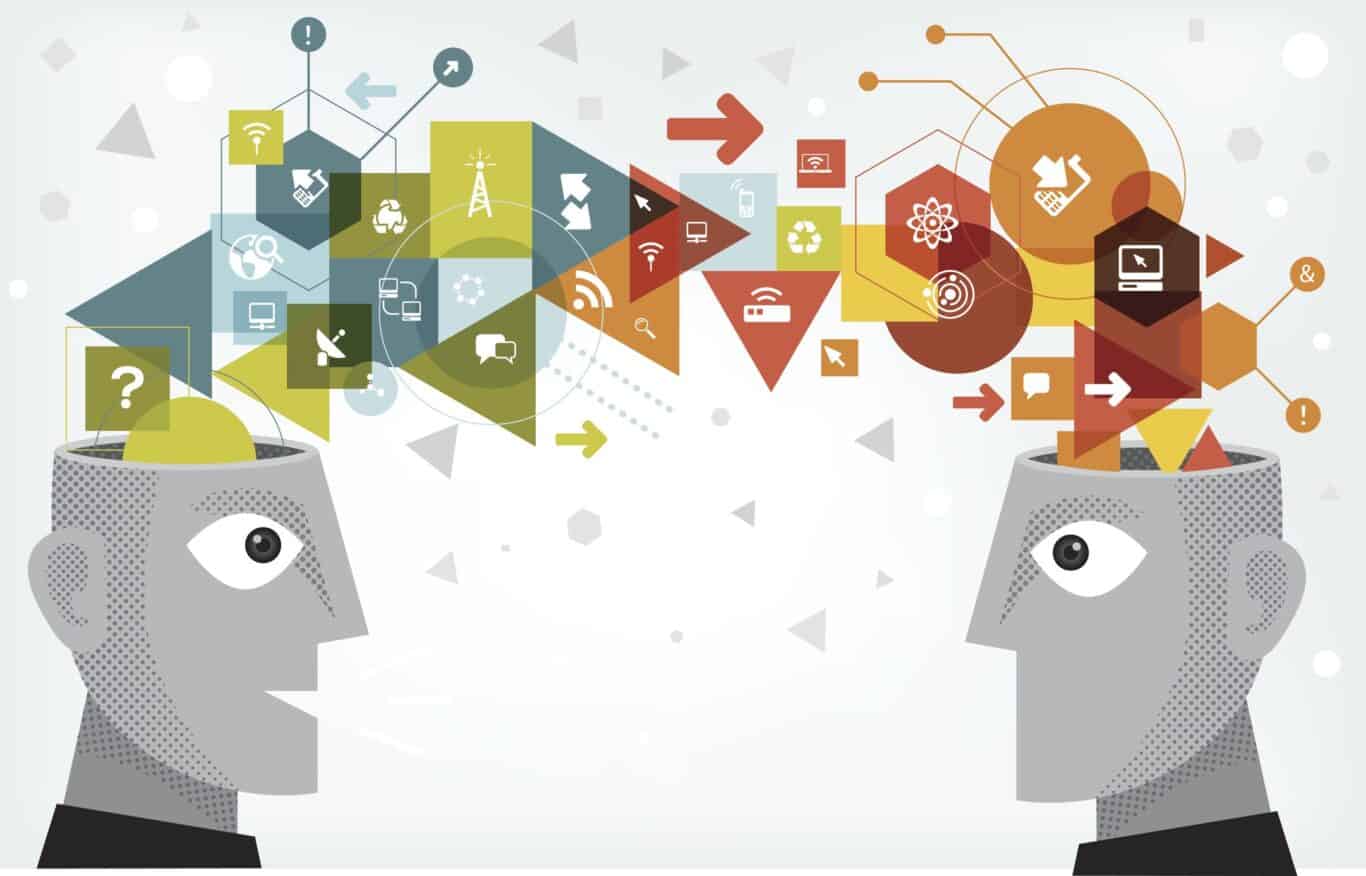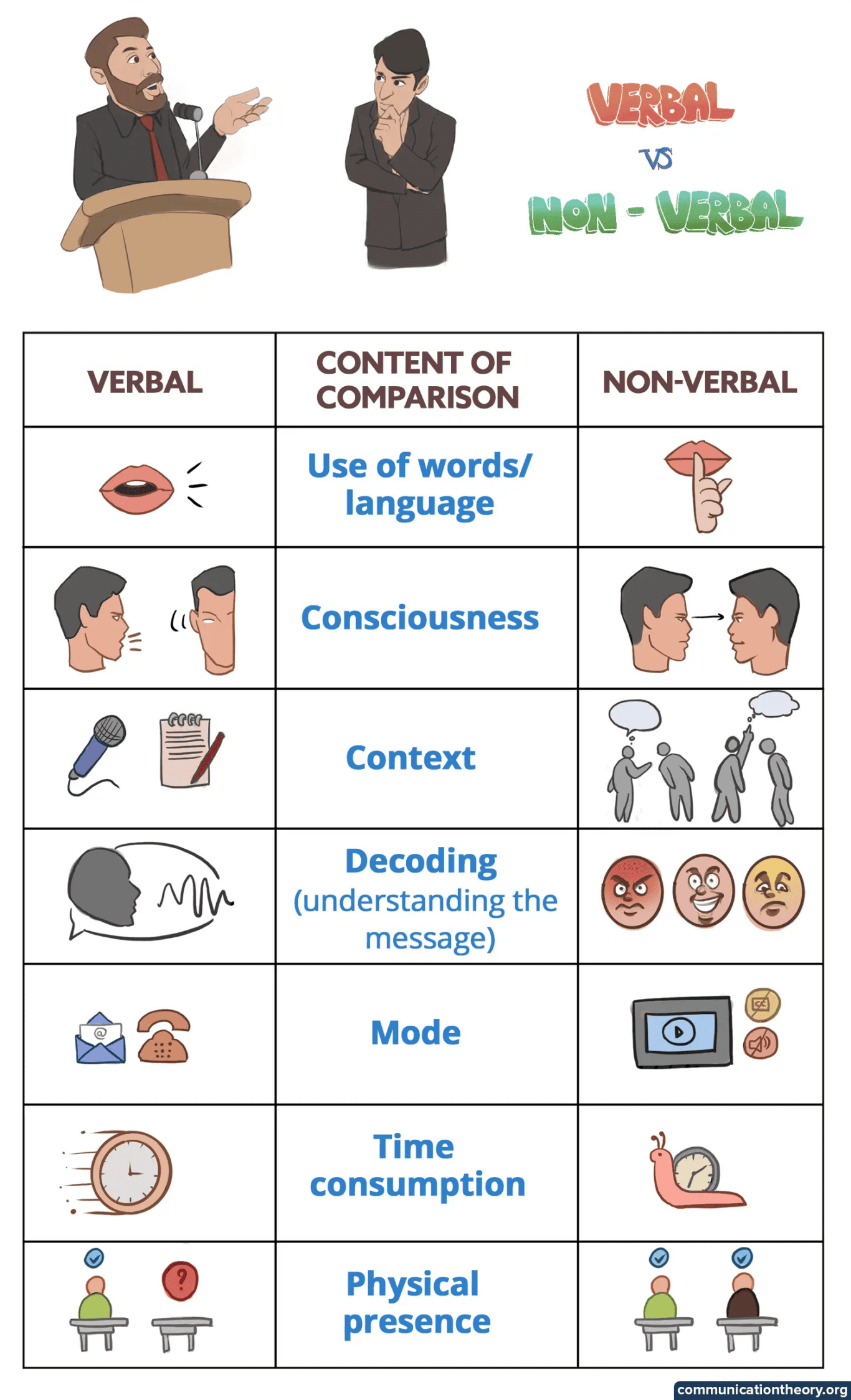The Importance Of Using The Right Communication Method
There was a time when, if you wanted to communicate with your collagues without leaving your desk, you needed a phone or someone to carry a written message for you. Now, you’re spoiled for choice. Between chat apps, email, project management tools, and smartphones, there’s no shortage of way to communicate with your team. But that much choice can be a problem. So how do you make sure you choose the right communication method?
Let’s dive into a bit of communication theory, then break down the only two kinds of communication methods you really need to know.

The four typical communication methods
A communication method can be defined as the medium you’re using to get a specific message across. A message can be anything from “I’m angry with you right now” to “this needs to get done by Monday,” to even just a simple “yes.” In communication theory, you’ll typically run into the same four communication methods:
- Verbal: Any communication that uses your voice is verbal communication. Note that you don’t necessarily have to use words to communicate verbally. A simple grunt can count.
- Non-verbal: You’ve already heard that 90% of communication is non-verbal, right? That means everything from the way you speak, how you hold yourself, and even where you look when you talk communicates something.
- Visual: Anytime you add a symbol, a chart, or an image in your presentations, that’s visual communication. Traffic signs are a great example of visual communication (when they don’t have words on them).
- Written communication: It’s likely that the vast majority of the communication you use in your workday fits within this category. Write words to someone and you’re using written communication.

While breaking down communication into these four categories is great for public speakers and communication majors, they’re not necessarily the best for running a team or managing business operations.
Instead, try these two categories.
Synchronous vs. asynchronous communication
In the business world, the exact medium you use to communicate isn’t nearly as important as the divide between synchronous and asynchronous communication methods. That’s because each communication listed above can manifest as either synchronous or asynchronous communication, depending on how it’s done. More importantly, properly knowing when you should one or the other can save your teams a ton of time. Here’s the big difference between these two categories.
Synchronous communication
This form of communication is typically used when all parties are participating at the same time. Video calls, in-person conversations, and meetings are all examples of synchronous communication methods.
Asynchronous communication
Communication can be asynchronous regardless of how many parties are present. Messages sent with these methods can be done at any time, often from anywhere. Voice messages, chat apps, and email are all examples of asynchronous communication.

In most cases, asynchronous communication has many benefits. People can answer on their own time, meaning their focus time isn’t sapped. There’s usually a record of your conversations, too, which you can refer to later. That said, some communication needs to happen using synchronous methods. You wouldn’t want to lay someone off through Slack, for example.
Now, let’s dive into a few examples of each type of communication.
Examples of synchronous communication methods
Synchronous communication methods means that the communication is happening at the same time for all parties involved. There is basically no delay in getting a response. There are positives and negatives for using such communication, and here is a breakdown:
Live Talk: the communication method for high-priority topics
Best used when: Urgent matter, intricate/sensitive topics, needing immediate feedback.
Pros
- Get an immediate answer
- See emotions, facial expressions, body language
- Can discuss complex topics
Cons
- Can easily get off topic & last longer than anticipated
- Potentially costly disruption for the other party
- Not always as private as needed (especially in open offices)
Meetings: the most common synchronous communication method
Best used when: More than two people involved, multiple topics to cover, moderate urgency.
Pros
- Purpose to the discussion
- Scheduled & expected
- Opportunity for discussion in greater depth & more angles
Cons
- Can last longer than expected
- Negative perception
- Does not always involve all parties present
Video
Best used when: Different locations between parties, have solid internet connection, conversational (no docs or files needed).
Pros
- Convenient, especially remotely
- Easy to relate/connect due to added visual
- Breaks down distance barriers
Cons
- Technology dependent (connection quality, bandwidth, software)
- Difficult for spontaneous sharing of info (writing notes, diagrams)
- Does not show whole spectrum of human interactions (energy, room settings, body language)
Phone
Best used when: Quick answer/feedback needed, large distances between parties, moderate urgency.
Pros
- Quick and easy to use (everyone has a phone)
- Simplest communication over vast distances (no need for high tech)
- Immediate interaction & feedback
Cons
- Non verbal communication cues are lost
- Person must be available to take your call
- Cannot share info (notes, files)
Chat
Chat is a unique form of communication in that it is both synchronous and asynchronous. It is asynchronous in nature, but people expect it to be synchronous.
Best used when: Busy but still needing feedback/answer, nothing complex or urgent, informal.
Pros
- Informal & easy to use
- Can have multiple conversations concurrently
- Feedback is usually quick (at least expected to be)
Cons
- Expectation of instant answers
- Harder to have a clear in-depth discussion
- Easier to misinterpret
Pro tip: Picking the right chat tool
If you’re going to prioritize chat over other synchronous methods of conversation, you need to make sure you have the right tool. While Slack and Teams are some of the biggest tools on the market, they’re not necessarily right for your team. Other options include RocketChat, Discord, and Google Chat.
Find the right chat app for you
Examples of asynchronous communication methods
Asynchronous communication methods usually involve a delay in the communication process. As mentioned above, chat can also be considered asynchronous, but let’s take a look at the more obvious cases:
Email: the oldest asynchronous communication method
Best used when: Need a record trail, formal nature to discussion, share docs/files, can wait for answer, multiple respondents.
Pros
- Can be used anytime, anywhere, 24/7/365
- Track record of all communication
- Can include files/documents
Cons
- Takes time to compose (formal tone expected)
- No idea if received properly (maybe in spam box)
- No idea when you will get a reply
- The email may not get delivered because of DMARC fail or other errors
Tasks/Tickets: little-know communication method
This is along the lines of project management tools, such as Asana, GitHub, Wrike, Zendesk, and JIRA.
Best used when: Deeper collaboration needed, progress tracking, not urgent in nature.
Pros
- Informal & action-oriented
- Ability to be highly specific & break down information per each individual
- Track record of all communication
Cons
- Delay in getting responses
- No human interactions
- Can be easily misinterpreted
Hopefully, this has shed some light onto what type of communication you should use, depending on the situation at play. What’s your favorite method of communication within your team?


